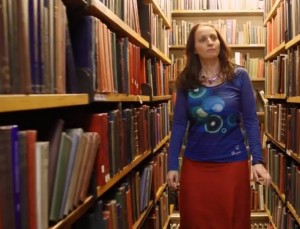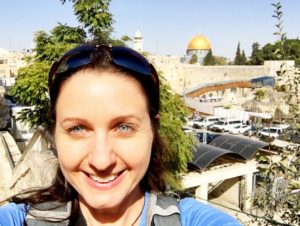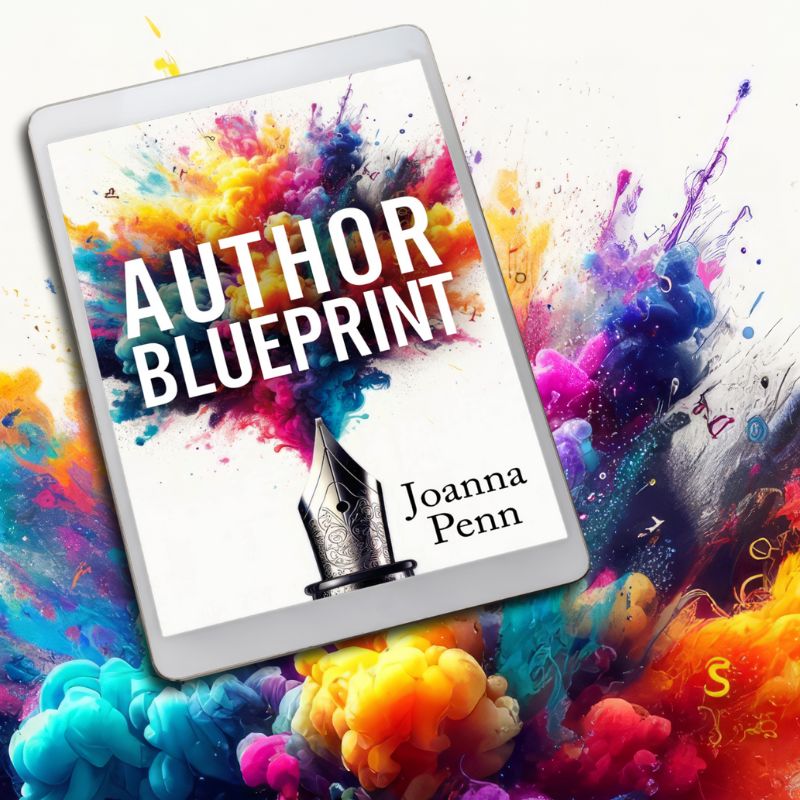I love book research. It's one of the most fun parts of the book creation process for me, but I definitely need to make sure I don't disappear down the rabbit-hole of research and forget to actually write!

If you’d like more help, check out my book: How to Write a Novel.
Is research really necessary?
If you're writing non-fiction, research will most likely be the basis of your book. For fiction, it can provide ideas on which to build your characters and plot.
You can go into the research phase with no concrete agenda, as I often do, and emerge with a clear idea of how your story will unfold. Or, if you have pre-existing ideas, research allows you to develop them further. In terms of reader expectation, research is critical in genres like historical fiction, as it will help you to create an accurate world and ground the story in reality.
When people read a story, they want to sink into your fictional world. If you introduce something that jolts the reader, the ‘fictive dream' is interrupted. For many genres, research can help you avoid this.
Most of my J.F.Penn thrillers are set in the present day and I like to have 95% reality in terms of places, historical accuracy and actual events. Then I push the edges of that reality a little further and see what happens.
How to research your novel
Research can take many forms. Here are some of my methods for gathering information.
(1) Research through reading and watching
“Books are made out of books” – Cormac McCarthy

Your research process can happen online at the various book retailers or Goodreads, but I also like to take it into the physical world by heading to libraries and bookstores, as you never quite know what you might discover. I think of it as serendipity in the stacks!
If you're writing fiction, it’s important to read extensively in your genre in order to understand the reader expectations, but many authors also find it helpful to read a wide range of non-fiction books on the topics they're interested in.
You can also read magazines and journals; browse images on Pinterest and Flickr; and watch documentaries and films on TV and YouTube. Fill the creative well!
If you have concerns about plagiarism, take note of this quote from Austin Kleon’s book Steal Like an Artist.
“Stealing from one person is plagiarism. Stealing from 100 is research.”
For example, if you read five books on the history of The Tudors and you've written notes on all of them, then you turn that into something new, that’s considered research and is an entirely natural part of the writing process. It only slips into plagiarism if you copy lines from another work and pass them off as your own, and of course, that’s something we would never want to do.
(2) Research through travel

One of my favorite ways to carry out research is to travel to places where I intend to set a novel.
This may not fit your budget, but it’s not always as expensive as you might expect, particularly if you travel during off-season periods. For my recent thriller End of Days, we did a research trip to Israel. You can join me for a walk around the Old City of Jerusalem in this video made on site.
Information on different locations can be found on our own doorstep and museum exhibitions are the perfect example of this. Follow your curiosity – maybe one museum exhibit leads you to another and each sparks your imagination somehow.

We're also very lucky in that we live in a time where it’s possible to research travel destinations online, so you can write about a place even if you haven't been there. You can find clips on YouTube, watch travel documentaries, read travel blogs, and even get a feel for walking around a location via Google maps.
(3) Research on Pinterest (or other visual social media)
We can find inspiration on Pinterest by browsing other people’s boards, but it’s also the perfect place to gather our own research and easily record it. I have Pinterest Boards for most of my J.F.Penn thriller novels now.
For fiction authors, the visual medium can be particularly valuable for sparking ideas and bringing our fictional worlds into reality. You can even share this inspiration with your readers.
(4) Let synchronicity emerge

When I started End of Days, I only had the title and I knew it would have to have some kind of apocalyptic event, but it also needed to be original.
I found two books: The End, an overview of Bible prophecy and the end of days, and also The End: What Science and Religion Tell Us About the Apocalypse, a mix of scientific information and how different religions see the end of the world.
From these two books, I gathered a wealth of ideas including the quote for the beginning of the book from Revelation 20:1-6
“Then I saw an angel coming down from heaven holding in his hand the key to the bottomless pit and a great chain. And he sees the dragon, that ancient serpent who is the devil and Satan and bound him for a thousand years and threw him into the pit, and shut it and sealed it over him until the thousand years were ended.”
The serpent element sparked my curiosity so I started Googling art associated with serpents. I discovered Lilith, called the first wife of Adam and a demon closely associated with serpents.

Then I found this quote from the Talmud (Jewish scripture) about Lilith:
“The female of Samael is called ‘serpent, woman of harlotry, end of all flesh, end of days.'”
Yes, it actually calls her End of Days. Talk about synchronicity!
[This type of thing seems to happen with every novel I write, which makes me agree with a lot of what Elizabeth Gilbert says in Big Magic about ideas. It's a great book!]
Lilith and Samael emerged as my antagonists from this research, which also gave me rich story ideas for the plot. All this came from my willingness to go down the research rabbit hole.
(5) Research possible settings
The next stage was to consider a setting for my story and how I could use snakes in a much bigger way.
The setting is always a very important element of my books, so I looked initially at places sacred to serpent worship. I found an amazing documentary on YouTube about the Appalachian Christians, who use serpents in their worship, and from there the backstory of Lilith grew. I theorized that if she came from a group who were not afraid of serpents, then this might explain how she gets involved in the end of days conspiracy.

From one initial Google search on serpent worship, I had an outline for the plot of my novel.
This should give you an idea of how powerful research can be, taking you from an initial spark of creativity through to a completed book.
How to organize and manage your research
Your research will be far more effective if you keep track of it as you progress. You can put a couple of lines into your phone or write a few notes in a journal as you go along, but at some point, you need to organize this information so you can get writing.
There is no right or wrong approach to managing your research, just choose the option that works best for you and it will likely evolve as your writing career progresses. Some people use physical files, like a filing system, or a pin board.

When to stop researching
Research can be a lot of fun, but at some point you have to stop researching and start writing. Remember, research can become a form of procrastination and the more you research, the more information you will find to include.
Therefore, as soon as you have enough information to write a scene about a place, event or person in your novel, then maybe you should stop and do some writing about it. Keep a balance between consumption and creation, input and output.
Another way to approach this is to set a time limit. For example, if you know you need to start writing on a particular date to hit a (self-imposed) deadline, then work backwards to allow yourself a research period before this.
You can always do additional research as you write, but the important thing is that the book is underway.
Get started with what you have, fill in the blanks later.
Should you use an Author's Note about your research?
At the end of all of my books, I add an Author's Note which includes information on where my research came from and links to my videos and images along the way. It’s certainly not a requirement to do this but it can be beneficial to both you and the reader. My readers often comment on it when they email about the books.
We're all unique and that’s what sets our books apart so don’t be afraid to approach research in the way that suits you best. Whether you use research to spark initial ideas or to drive your narrative forward, the time invested in it will ultimately reap rewards in terms of the quality of your finished book.
Do you love the research process? Do you have any questions or tips to offer? Please leave a comment below and join the conversation.
If you’d like more help on researching, plotting or writing your book, check out my book: How to Write a Novel.



Leave a Reply